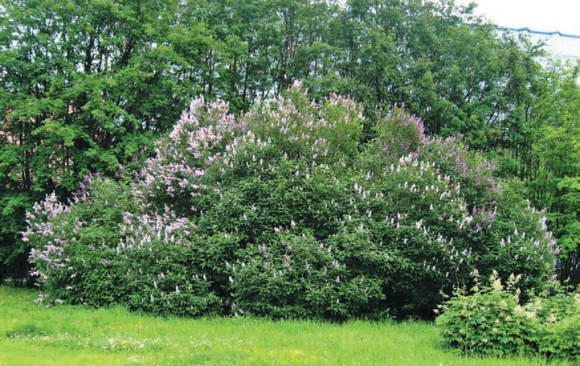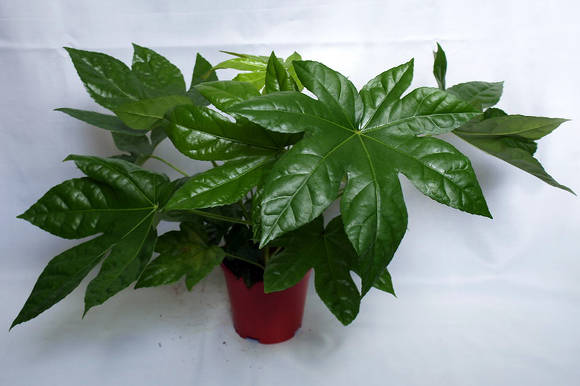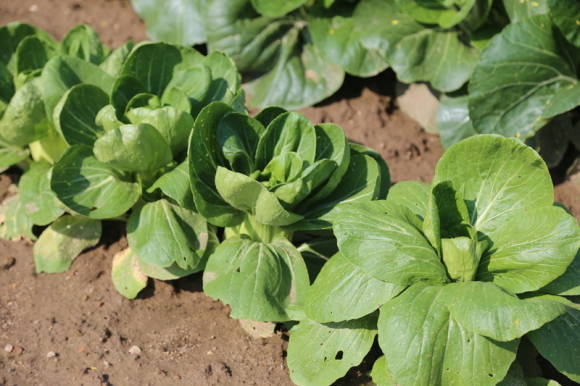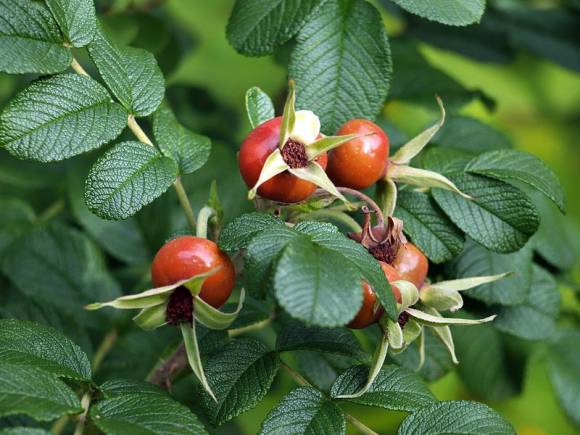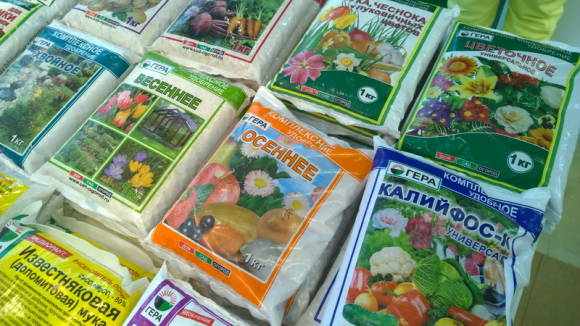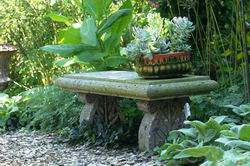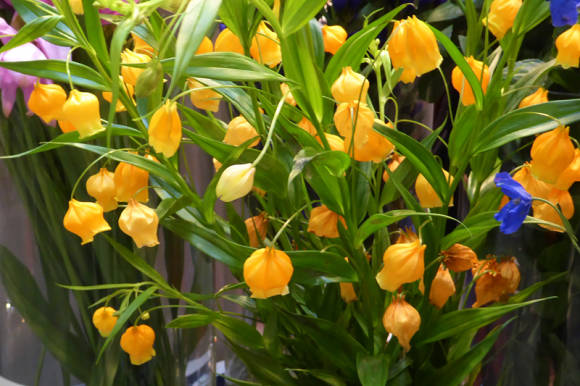Description of common types of wisteria - on the page Wisteria.

In May 2008, my husband and I purchased a pot-rooted wisteria cut. All the information that we received about her looked like this: Wisteria macrostachia, or coarse(Wisteria macrostachya) grade "Blue Moon", withstands frosts down to -400C without shelter for the winter and blooms at the same time.
Looking at that twig with several blossoming leaves, I could not believe that in the near future we would see a powerful vine. By this time, we already had a pond ready, and we really wanted the pergola placed in front of it to be braided as quickly as possible. Based on our layout, we planted the purchased cuttings one meter from the blind area of the house, on the south side. It so happened that the wisteria planting site was not chosen specifically for her, but on the basis of our wishes to create a pleasant resting corner for ourselves as soon as possible. The planting pit was prepared no more than 50x50, a little neutral peat and river sand were added to it. The land outside the landing pit leaves a lot to be desired, to put it mildly.
Within a month, the planted cut did not show itself in any way, did not bend, but did not grow either. There was no limit to my excitement. And finally, he took root, adapted and began to grow.

Already in the first summer, he gave an increase of up to one and a half meters in height. By winter, as the seller recommended, we removed her from the support, and together with the ropes she was clung to, and laid her on the ground. Planks were placed under it, and the top was covered with moss and lutrasil.
In winter, I decided to learn as much as possible about this plant, but alas. On all American sites (and the birthplace of "Blue Moon" is the USA, Minnesota), the information is very contradictory. Moreover, there are contradictions on many issues.
The Missouri Botanical Garden recommends acidic soils for Blue Moon, and other sites indicate that it is soil tolerant. And since it was already planted in the standard Voronezh black soil, interspersed with construction waste, I decided to close this issue.

Recommendations for pruning it are also very contradictory, and therefore I decided to let this issue take its course. Until today, I have never cut it off. In the spring of 2009, she fed Kemira and took an observation position. Already in mid-July, its growth was about three meters, and in August, two inflorescences appeared. Of course, they were not large, only 10 cm, but this is only in the second year of our life. For the winter, it was no longer possible to remove it from the support - the lower trunks, and several of them grew, completely lamented.
Winter 2009-2010 many gardeners will remember. When our thermometer in winter showed -34 ° C for several days, in principle, in my heart I resigned myself to the fact that we would lose wisteria. Her woody trunks on the pergola looked very depressing in this frost. In the coming spring I waited with apprehension and hope to see the results of such wintering of wisteria. However, by mid-May I had completely calmed down. Even last year's young growth did not suffer. And by the first days of June, there were 46 inflorescences on it, on which seeds were later set.
 |  |
We were not able to see three waves of wisteria flowering last summer, I think, due to the abnormal heat. Wisteria bloomed a second time only at the end of August, and then threw out only a few small inflorescences. But the seeds ripened safely. I collected them only in October.
She left several pods to winter on the liana. So, those who remained to spend the winter hung on the liana all winter, and began to crack and fly apart only in April of this year, and one of them still remains there. The seeds have almost 100% germination rate. Seedlings for today look like this.

This year my wisteria was all sprinkled with buds, it is impossible to count them, because in three years of its life it has already turned into a very powerful liana, which closed the pergola and grew to the roof of the house. And now, finally, the long-awaited flowering - the inflorescences cannot be counted, and the plant is only 4 years old!
 |  |
 |  |
Based on my little experience with Blue Moon wisteria, I dare to give recommendations to gardeners who decide to purchase it.
- Choose for her a place where, during the summer, the sum of positive temperatures is as large as possible (preferably the south side of the house).
- Be prepared for the fact that this is a very powerful vine, which needs strong support, if there is a desire to direct its growth horizontally. If initially only vertical growth is provided, then any guides (be it rope, wire, etc.) are enough for this.
- It is imperative to plant it - this is an inimitable plant for vertical gardening.

Well, in the end, I can't help but add, as they say, a fly in the ointment in a barrel of honey. But in my opinion, it has one drawback. With a protracted spring, like this year, it opens leaves and buds quite late. Last spring at this time it was already all green. This is further proof of how much she needs warmth. However, wisteria more than compensates for this "disadvantage" in autumn, until the snow falls, it is green.
More thermophilic wisteria - in the article Wisteria.

